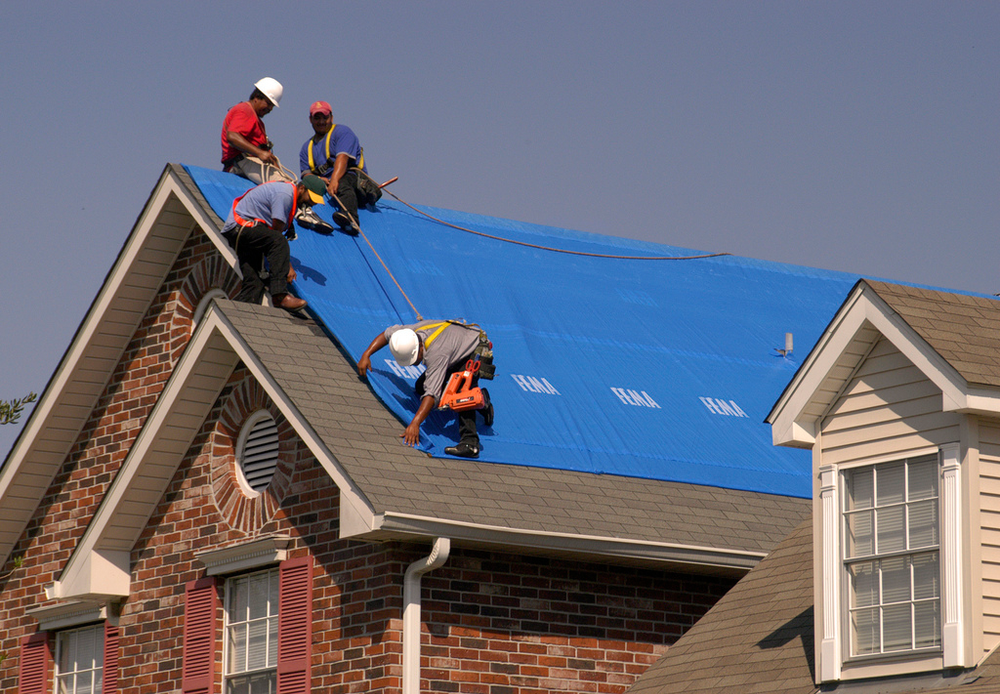Your home's roof is one of its most critical elements, providing protection from the elements and keeping your interior safe and dry. Shingle roofs are among the most common types of residential roofing, known for their durability and cost-effectiveness. However, like all roofing materials, shingle roofs have a limited lifespan. In this post, we'll explore how long a shingle roof typically lasts and when it's time to consider a replacement.
Shingle Roof Lifespan
The lifespan of a shingle roof can vary depending on several factors, including the type of shingles, the climate, maintenance, and the quality of installation. Here are some general guidelines:
1. Asphalt Shingles: Asphalt shingles, the most common type, typically have a lifespan of 20 to 30 years. However, some high-quality asphalt shingles can last up to 50 years.
2. Wood Shingles: Wood shingles have a lifespan of around 30 years, but with proper maintenance, they can last longer.
3. Metal Shingles: Metal shingles are known for their durability and can last 40 to 70 years or more.
4. Slate Shingles: Slate shingles are the longest-lasting, with a lifespan of 50 to 100 years or more.
Factors Affecting Shingle Roof Lifespan
Several factors influence how long a shingle roof will last:
1. Climate: Harsh weather conditions, including extreme heat, cold, heavy rain, and wind, can impact a shingle roof's lifespan.
2. Maintenance: Regular maintenance, such as keeping the roof clean, repairing damaged shingles, and clearing debris, can extend its life.
3. Quality of Installation: A well-installed roof is more likely to last. Proper ventilation and flashing are crucial to prevent issues.
Signs It's Time for Replacement
Even with proper care, there comes a point when a shingle roof reaches the end of its lifespan. Here are signs that it's time to consider a replacement:
1. Age: If your roof is approaching or has exceeded its expected lifespan, it's a good idea to start planning for a replacement.
2. Curling or Buckling Shingles: Curled or buckled shingles are a sign of aging and indicate that the roof's protective qualities are diminishing.
3. Missing Shingles: Missing shingles can expose your roof to water damage and should be addressed promptly.
4. Granule Loss: If you notice excessive granule loss on your asphalt shingles, it's a sign that they may be nearing the end of their life.
5. Leaks: Frequent roof leaks, especially if repairs are no longer effective, can be a strong indicator that it's time for a new roof.
6. Mold or Algae Growth: Extensive mold or algae growth can be a sign of shingle deterioration and a compromised roof.
While the lifespan of a shingle roof can vary based on factors like material and maintenance, understanding the signs of aging and damage is crucial to know when it's time for a replacement. When your roof reaches the end of its useful life or exhibits multiple signs of deterioration, investing in a new roof is the best way to protect your home and ensure its long-term structural integrity.

